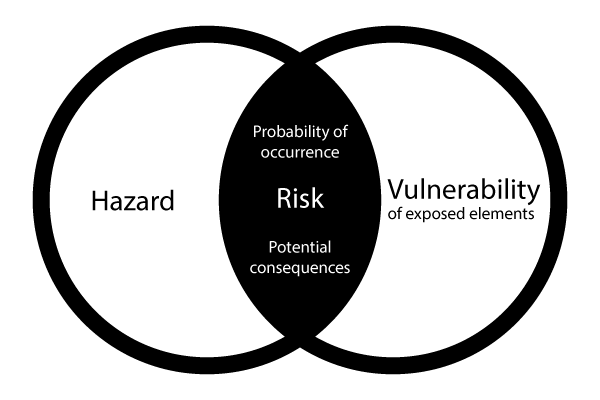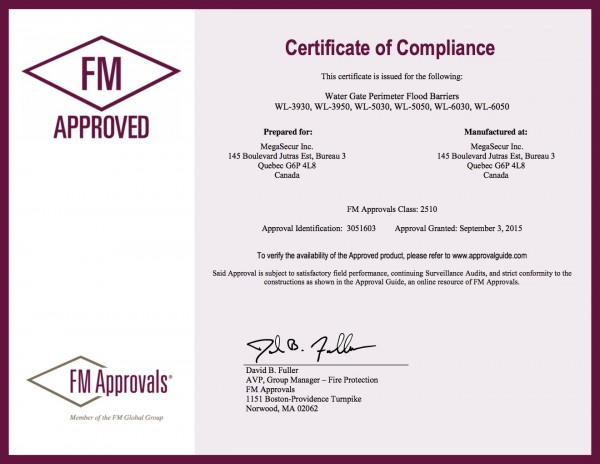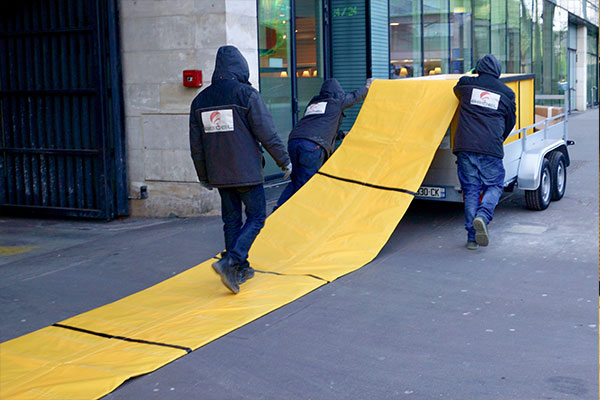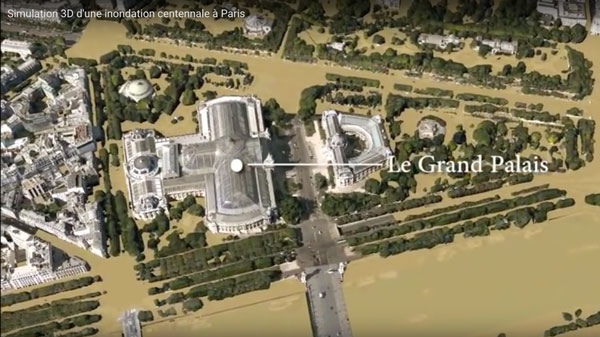RTL INTERVIEW – Pascal Klein, founder of MegaSecur.Europe – 18th January 2017
When a flood happens, it’s a bit of a race against time. How long does it take to deploy your system?
In this case – 500 m of protection along the banks of the Seine – it takes about an hour and a half to deploy everything. The system is coiled and loaded into rapid deployment boxes. There are very few protection systems on the market today. We’re all familiar with sandbags… In a way, they’re last century’s flood protection… There are also machine-welded aluminium protection systems; these are quite heavy and complex to install, and they have to be stored and anchored. With Water-Gate, we are the first company – the only company, in fact – to have invented a new type of emergency flood protection that can fit anywhere: urban protection par excellence.
We see it as a life jacket for towns in the event of flooding!
It’s easy to handle and use, then. How many people does it take to deploy it?
It takes 3-4 people to deploy the system. It is very easy to handle. A minimum of training is required, because it’s a technical product and users have to follow basic rules and safety measures. This allows the product to last for 20 to 30 years, so it can be available in the event of a really major flood, the so-called 100-year flood, which is inevitably going to happen at some point. With every year that passes, the likelihood increases.
100-year flood: Each year, the probability of the benchmark flow rate being reached or exceeded is 1/100.
Is it expensive for companies?
That depends on the height required. A cost of between 200 euros and 1,000 euros per linear metre should be expected. The cost should be put into perspective by means of a risk assessment. When making any kind of decision to invest in protective measures, a cost-benefit analysis should be carried out. When it comes to a 100-year flood in the Paris region, the stakes are astronomically high. Unfortunately, in terms of the current level of protection, almost nothing has been done. As I said, this flood will come. The cost in this case is trivial compared to the assets that need to be protected.

Your company operates in Europe. Are there differences between countries in terms of the approach to flood risk?
It’s clear that flood policies and the level of awareness of the protection required vary enormously from one country to the next. In France, we wait for a natural disaster to be declared so we can get a payout. In the English-speaking world, the approach is totally different. Many efforts have been made in recent years in terms of prevention: trying to understand floods, reduce hydraulic flows with overflow basins, and raise awareness of the flood risk. However, nothing has really been put in place to protect infrastructure and property on the day the water arrives. Being flooded is not an inevitability. It’s almost like we’re sending out a call to local authorities, to municipalities, to public and private companies: what protection will you have in place when the water comes?

How reliable is your system?
Last year, our barriers were certified by FM Global, the world’s leading property insurance group, following stress tests carried out in a tank. What we offer today is a product that is 100% reliable, inexpensive and easy to install. Now, I almost feel like saying “let’s get down to business!”. Obviously, we hope that the flood never comes, but unfortunately, it definitely will one day. If not in Paris, it will happen a little further upstream, on a different river, or in another city. Protective measures exist; we need to intelligently combine them in proportion to the risk of an event which will clearly happen eventually…

Is your product a French invention?
The technology is actually Canadian – from Quebec, in fact. An industrial designer named Daniel Déry invented the concept 18 years ago, and he hasn’t stopped refining it ever since. Thanks to his work, our technology is now extremely mobile in urban environments. We recently tested and fine-tuned a new series of barriers that have a smaller ground area, allowing them to get between street furniture almost everywhere. Excluding sanitation networks, which pose a threat to protection systems in the event of a rise in water levels. Today, we have a fully developed product that is ready to be deployed wherever it is needed.





